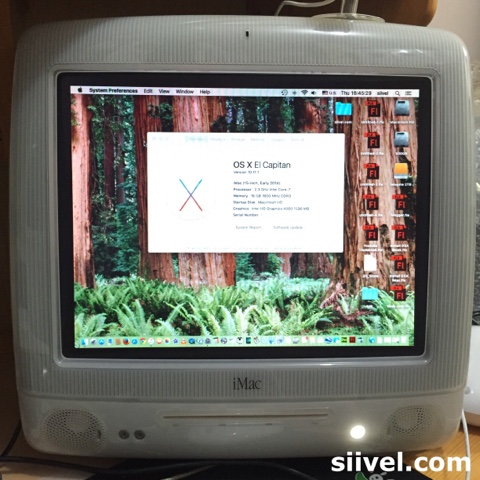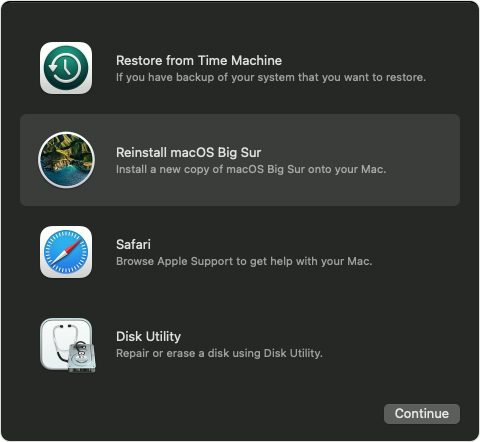

- #Installing osx with out the origional install disc for that mac download#
- #Installing osx with out the origional install disc for that mac free#
- #Installing osx with out the origional install disc for that mac windows#

But when replacing a faulty drive, this might not be doable.

In the event of swapping out a healthy drive with a new one, you can put the old drive in an external enclosure, boot off of it, and then use a cloning tool to mirror its contents to the new drive. If your system was built before 2010, then even though it might run the latest OS X versions, it will not have Internet Recovery as an option, which can result in problems if you have swapped out the hard drive, or experience problems with it and wish to reinstall freshly. This mode is convenient to have, since errors with the hard drive or a blank hard drive could prevent the conventional recovery partition from working.
#Installing osx with out the origional install disc for that mac download#
New Mac systems built in 2010 and later support an Internet Recovery mode, which can be used to download the boot image generally stored on the OS X Recovery partition so you can run diagnostics. This is mostly experimentation on my part, however.After purchasing a new hard drive or managing a corrupt one on an older Mac, you can install your current version of OS X even though you might not have a working Recovery option (on the drive or through Internet Recovery) present on your system. If it lists something, try typing "softwareupdate -I ". When the terminal loads, enter "softwareupdate" and look at the output. However, try going to the utilities menu (just the first VO M for that) and clicking on terminal. Again, I'm trying to get my machine to respond like yours is, and I cannot duplicate your error. If neither of these help, you can probably still obtain the files from the recovery window. You could probably also get help with this issue from the apple store. If you have access to another mac, you can probably do this easily just by downloading the install package from the app store. In this case, it is best to obtain the installation media so you can boot directly to it. Even so, you can't get the OS to download? If this is not the case, please let me know. I'm assuming that you reformatted the disk as explained, and connected successfully to the WiFi network.
#Installing osx with out the origional install disc for that mac windows#
While windows could be installed, much of it would not be functional without the bootcamp drivers, which we can get from inside OSX. Your networks should be listed here and you can use those to connect. You will (I think) be placed in an input source menu by default. To connect wirelessly, press VO M twice, which will open the status menus. If the computer is brand new, no problem. A warning though: if you have something on another partition, such as a windows or Linux install, my steps will wipe it out, so be careful.
#Installing osx with out the origional install disc for that mac free#
By the way, you shouldn't have to buy anything for this, as the operating systems have been free for a while. If you don't have one, we can go back and see if we can fix the iCloud bug. If you have another mac, you can use it to create bootable install media. If that doesn't work, you may have an iCloud account bug. When that finishes, go to the reinstall OS X option and follow the prompts. Make sure to select extended journaled, and for scheme, select GUID partition table (or sometimes GUID partition map). Set focus to this then stop interacting with the table and move left to the toolbar.

Depending on your machine, it probably sounds like apple ssd 0512f media (that's mine, so yours will probably not be identical but similar). To fix this, launch recovery with command+r (no option required, by the way) and select disk utility. I can't seem to get the same error you are getting, but one thing that is possible is that the person who erased the disk may have improperly formatted it.


 0 kommentar(er)
0 kommentar(er)
